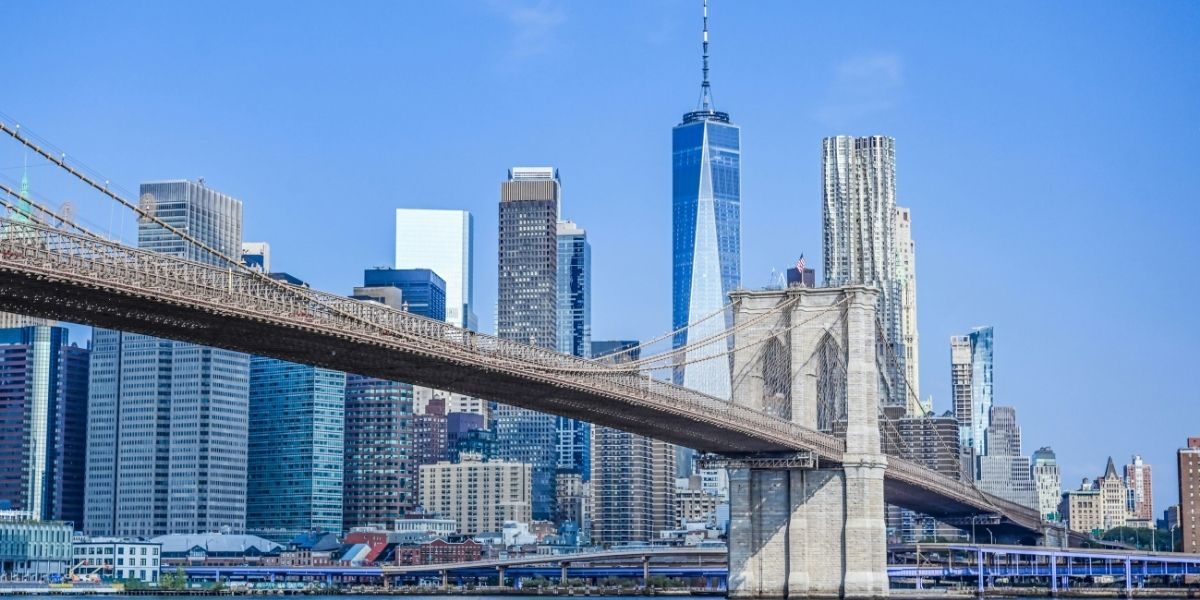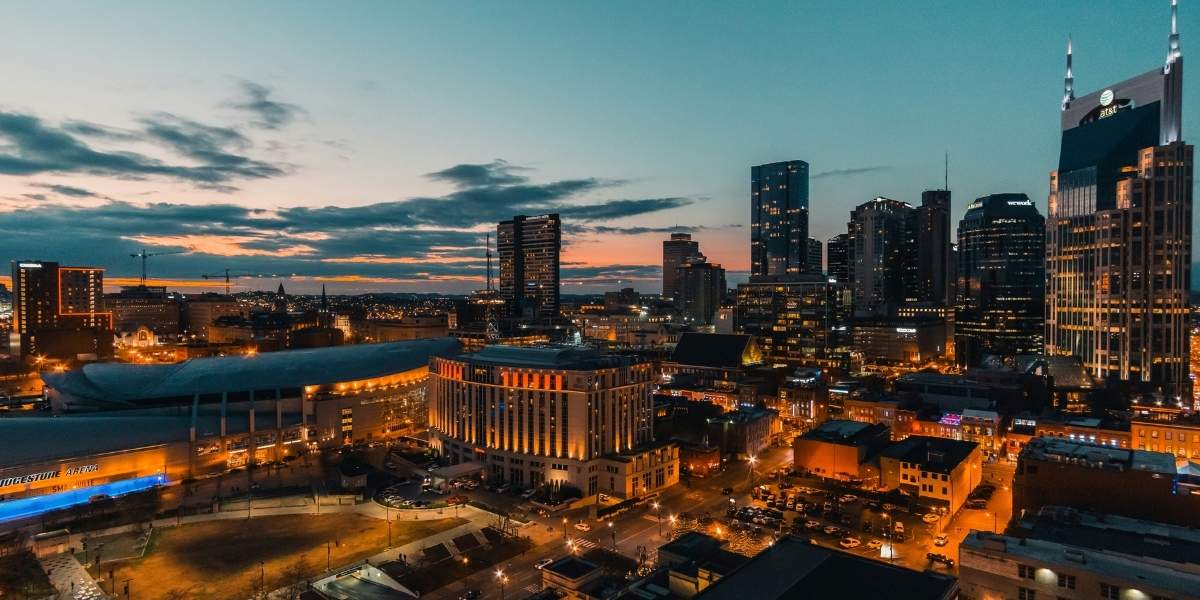The Rise of One World Trade Center: A Symbol of Resilience
The skyline of Lower Manhattan features a prominent structure that stands tall as more than just a skyscraper. One World Trade Center is a powerful symbol of endurance, a testament to collective resolve, and a beacon of hope that emerged from a period of immense challenge. Its very presence redefines the urban landscape, signifying a community’s determination to rebuild and look toward the future with strength and optimism. This iconic tower represents a profound statement about the human spirit’s capacity to overcome adversity and rise anew, reflecting the enduring vitality of a city.
The journey to erect One World Trade Center was complex, involving intricate planning, collaborative efforts, and a vision for what a renewed downtown area could embody. It was conceived not just as a replacement structure, but as a significant architectural statement that would honor the past while embracing progress. The design process meticulously balanced functionality with symbolic meaning, aiming to create a building that was both secure and inspiring. Every aspect, from its height to its orientation, was carefully considered to resonate with its profound context and purpose.
Read Also: Architectural Design for Loft Spaces Explored
One World Trade Center transcends its physical form to embody the spirit of resilience. Its impressive stature and modern design communicate a message of steadfastness and renewal, echoing throughout the city and beyond. The building stands as a powerful reminder that even after profound loss, communities can unite, innovate, and construct something truly meaningful. It serves as a daily affirmation of strength, a visible landmark inviting reflection on the past while symbolizing unwavering hope for what lies ahead.
How Did the Vision for One World Trade Center Take Shape?
The vision for One World Trade Center emerged from a deeply felt need to rebuild and redefine a significant part of a major global city. After a period of immense tragedy, the challenge was not merely to construct another building, but to create a structure that could inspire healing, embody progress, and symbolize unwavering strength. This led to a comprehensive planning process that engaged architects, urban planners, community leaders, and the public in a robust dialogue about the site’s future. The initial concepts explored various ways to honor the past while designing a vibrant future, ensuring that the new development would resonate on multiple levels.
The architectural competition for the site, specifically for what would become One World Trade Center, sought designs that were both iconic and sensitive to the profound history of the location. The selected design aimed for a structure that would gracefully ascend from a cubic base to a spire, creating a strong sense of upward momentum and renewal. The chosen height of 1,776 feet was intentionally symbolic, referencing a pivotal historical year for the nation. This symbolic height was not just an architectural choice; it was a deliberate statement about enduring values and the spirit of perseverance, making the building itself a narrative of rebirth.
Photo Credit: Unsplash.com
The vision also extended beyond the immediate footprint of One World Trade Center to encompass the broader master plan for the entire site. This holistic approach aimed to create a vibrant mixed-use district that included not only a towering office building but also memorial spaces, transportation hubs, retail establishments, and cultural institutions. The intent was to transform the area into a thriving commercial and cultural center once again, drawing people back to the heart of the city and demonstrating a complete return to normalcy and growth. This comprehensive vision ensured that One World Trade Center would be part of a larger, revitalized urban fabric.
What Are the Architectural Features of One World Trade Center?
The architecture of One World Trade Center is a blend of striking aesthetics, innovative engineering, and profound symbolism. Its design features a strong, simple geometric form, rising from a square base that tapers into eight isosceles triangles, culminating in a perfect octagon at its middle. As it ascends, the building culminates in a spire that reaches the symbolic height of 1,776 feet. This elegant, twisting form creates a dynamic visual effect, reflecting light and shadow differently throughout the day, and giving the skyscraper a distinctive profile against the skyline. The interplay of its facets ensures that it appears unique from every vantage point.
Beyond its distinctive shape, the structure incorporates state-of-the-art materials and construction techniques designed for both aesthetic appeal and enhanced safety. The facade is clad in high-performance glass panels, allowing abundant natural light to flood the interiors while contributing to the building’s energy efficiency. The use of robust, reinforced concrete and steel, combined with advanced structural engineering principles, ensures exceptional stability and resilience. The design also integrated innovative features like a heavily fortified base and redundant safety systems, setting new benchmarks for skyscraper construction in terms of security and durability.
The top of One World Trade Center is crowned by a towering spire, which serves as a beacon of light, especially visible at night. This spire is more than just an architectural flourish; it houses broadcasting equipment and completes the building’s symbolic height. Below the observation deck, the upper floors include office spaces that offer panoramic views of the city, the harbor, and beyond. The overall design emphasizes openness and light, contrasting with the heavier forms often seen in older commercial buildings, creating a modern and welcoming environment within this significant structure.
How Was the Construction of One World Trade Center Managed?
The construction of One World Trade Center was an undertaking of immense complexity, requiring meticulous planning, coordination, and the efforts of thousands of dedicated workers. The sheer scale of the project, combined with its location in a densely populated urban environment and the symbolic weight it carried, presented unique logistical and engineering challenges. Moving vast quantities of materials, operating heavy machinery, and ensuring the safety of workers on such a significant site demanded unprecedented levels of management and oversight. Every phase, from excavation to the final touches, was executed with precision to meet ambitious timelines.
Photo Credit: Unsplash.com
One of the primary challenges was the deep excavation required for the building’s foundation, which extends far below street level to anchor it firmly into the bedrock. This involved managing groundwater, stabilizing the surrounding soil, and constructing robust slurry walls to create the necessary foundation perimeter. The erection of the central concrete core, which houses the elevators, stairs, and utilities, was a critical early step, providing the backbone for the tower’s ascent. Simultaneously, the steel framework for the building’s perimeter was assembled floor by floor, a highly synchronized process that depended on precision delivery and installation of thousands of massive beams.
Throughout the years of construction, the project served as a powerful testament to human cooperation and technical skill. Specialized teams worked tirelessly, from ironworkers hoisting colossal steel beams into place to glaziers installing thousands of glass panels. The coordination of these diverse trades, often working at extreme heights and under varying weather conditions, was a logistical marvel. The completion of One World Trade Center stands as a remarkable achievement in modern construction, showcasing the collaborative spirit and ingenuity required to build one of the world’s most iconic skyscrapers.
What is the Significance of One World Trade Center Today?
Today, One World Trade Center stands not just as the tallest building in the Western Hemisphere, but as a profound symbol of resilience and enduring spirit. Its dominant presence in the New York City skyline serves as a constant reminder of the city’s ability to overcome adversity and rebuild with purpose and strength. The building attracts millions of visitors annually, drawn to its observation deck, which offers unparalleled panoramic views, and its ground-level memorial plaza, designed to honor past events with dignity and reverence. It has become a landmark that inspires both reflection and optimism for the future.
Read Also: The Economic Impact of Bridges: Connecting Communities and Driving Growth
Beyond its symbolic importance, One World Trade Center plays a vital role in the economic revitalization of Lower Manhattan. It houses a diverse range of tenants, from major media companies to technology firms, contributing significantly to the local economy by providing prime office space and attracting new businesses to the area. Its presence has helped to re-establish the financial district as a bustling hub of commerce and innovation, drawing a new generation of workers and residents to the area. The building’s commercial success underscores its effectiveness as a cornerstone of the revitalized downtown landscape.
One World Trade Center embodies the narrative of recovery and transformation. It represents the collective determination to move forward, to build stronger, and to remember with honor. Its enduring structure and inspiring design broadcast a message of steadfastness to the world, standing tall as a testament to the power of human resilience in the face of profound challenges. The building is a living monument to strength, a place where people gather to work, to remember, and to look towards a bright and hopeful future.















